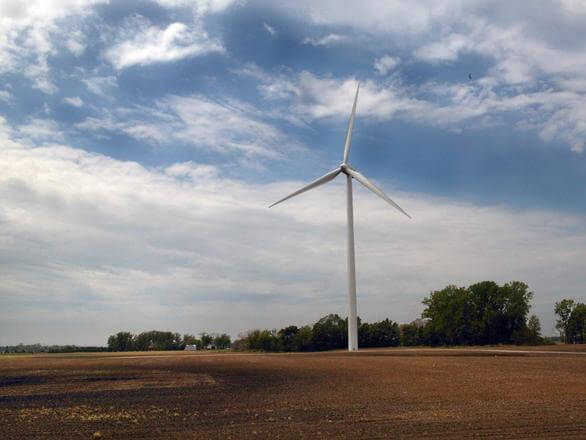This blog is part of the Southern Wind Energy Association’s Windy Wednesday series leading up to the wind energy industry’s largest annual event, WINDPOWER 2016, in New Orleans May 23 to 26. Registration and details available here.

The National Renewable Energy Lab has developed a simple tool that helps communities, stakeholders and wind energy advocates put wind energy benefits into context.
The wind energy industry is rapidly expanding. Just last year, nearly half of all new electricity generating capacity installed was wind power. In addition to generating clean energy, wind power can also generate local jobs and economic development benefits. But when a wind farm is first proposed, how can a community best quantify those economic benefits?
The National Renewable Energy Lab (NREL) has developed a simple tool that helps communities, stakeholders and wind energy advocates put wind energy benefits into context. The Jobs and Economic Development Impacts (JEDI) model is built off studies of actual and measured economic development benefits of wind farms in an easy-to-use, and free, format. Wind development companies frequently develop their own estimates of job and economic development impacts based on their own experiences; but those studies and their methodologies are not always publicly available. As such, company-sponsored studies can be criticized as self-serving or overly optimistic.
NREL developed the JEDI model to enable stakeholders and decision makers an easy way to ground-truth jobs and economic development potential associated with many sources of new generation construction and operation. The JEDI model is available for wind energy, biofuels, solar energy, natural gas power plants, coal-fired power plants, hydroelectric dams, geothermal, petroleum power plants and transmission line construction. Construction impacts, cost estimates and potential tax revenue are all calculated based off of recent real-world examples. Users can tailor inputs of a proposed project by changing the project megawatt size, location and by other variables.
Here at SWEA, we use the JEDI tool on a regular basis to better estimate the benefits of renewable energy. For instance, developing one gigawatt worth of wind energy capacity in Louisiana could support 4,143 direct, indirect and induced jobs during construction and approximately 127 annual operation jobs with a total annual payroll of $7 million.
NREL has hosted a webinar showing how to use the JEDI model effectively. As more wind farms are proposed across the southeast, the JEDI model will continue to provide accurate, third-party estimates for the jobs and economic development benefits of wind energy.
For other blogs in this series: #WindyWednesday.
http://www.southernwind.org/blog/windenergyjobs
Filed Under: News, Policy, Projects





